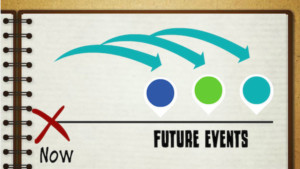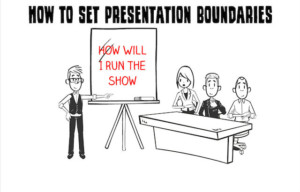Chiasmus pronounced: kīˈazməs/
I hate the word, but I love the power it holds.
I once had a nightmare about a chiasmus. I was in class, and every time I said “chiasmus” out loud, somebody would respond with, “bless you.”
I said, “I am not sneezing. I want to teach you about a powerful rhetorical device used by most of the powerful speakers of all time.”
They’d respond, “Bless you.”
Chiasmus Definition and power

In rhetoric, a chiasmus (Latin term from Greek χίασμα, “Crossing” is the figure of speech in which two sentences are related to each other through the reversal of their grammatical structures.
Have you ever heard the following phrase: If you fail to plan, you plan to fail.
That phrase is an example of a chiasmus with two related sentences flip-flopped.
If you prefer to avoid nightmares, call it the flip-flop formula.
More chiasmus examples:
When the going gets tough,
The tough get going.
————-
Ask not what your country can do for you,
Ask what you can do for your country.
————-
Let us preach what we practice,
and practice what we preach.
————-
All of the above are examples of a Chiasmus or flip-flop sentences.
Check it out:
Going gets tough > Tough get going
Your country can do for you > You can do for your country
Preach what we practice > Practice what we preach
Does that make sense?
Here is how you use the Flip-Flop Formula:
1- Think of a message you want to get across to your audience:
An example of message #1: Do not use slides.
An example of message #2: Respect your audience.
2- Figure out a flip-flop structure for each message
Example for message #1:
You either use your PowerPoints, or your PowerPoints will use you.
Example for message #2:
If you do not respect your audience, your audience will not respect you.
What do you think?
It’s your turn now: come up with something and share it in the comments below. I would love to read them.
Here are some examples from our weekly class:
- “Don’t take life too seriously ,or life will seriously take you.” Thank you Maggie for this one.
- “Plan the work, work the plan.” Thank you Aliya for this one.
Conclusion
It’s no secret: people have shorter attention spans.
According to a study sponsored by Microsoft: The average attention span of a person in 2000 was 12 seconds, and by 2013 it was only 8 seconds.
That’s not an impressive number when you compare it to the 10-second With our society experiencing an information overload, and messages that are reduced to 140 character tweets,
One of the best ways to create these short messages is to follow the flip-flop formula. A chiasmus makes your core message easy to remember, quote, tweet and share.
You either change your message based on your audience or change your audience based on the message. (Haha, could not resist!)
Society is changing, attention spans are dropping, and you can’t change that. All you can do is change your message.
. As a result, you will be more memorable, quotable and resonant with your audience.Quiz to test your Chiasmus knowledge:



